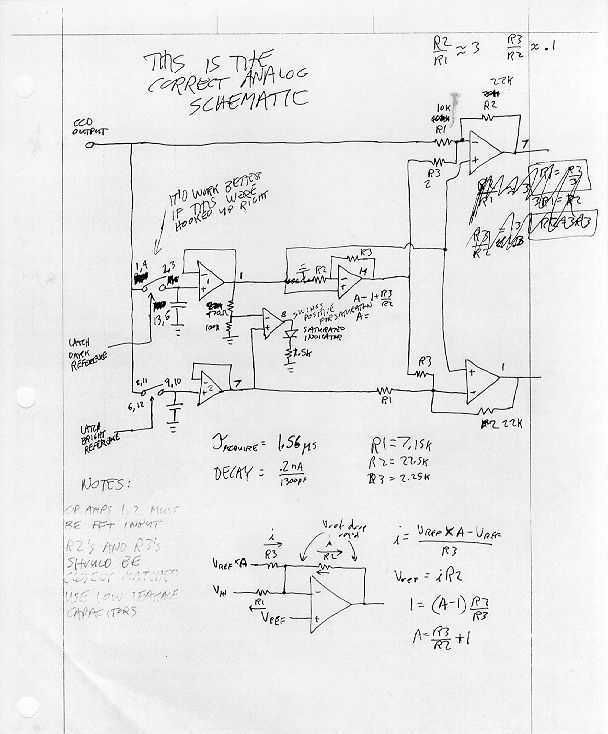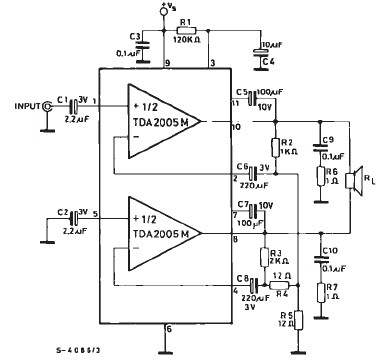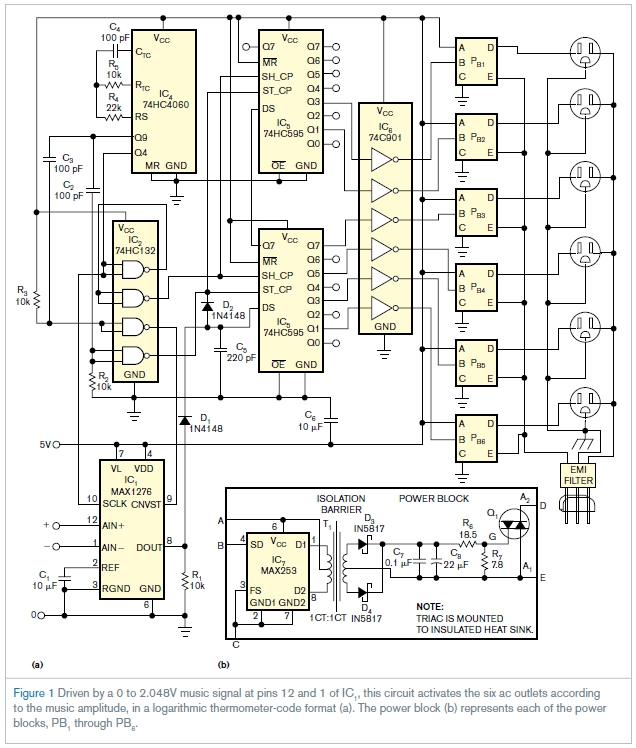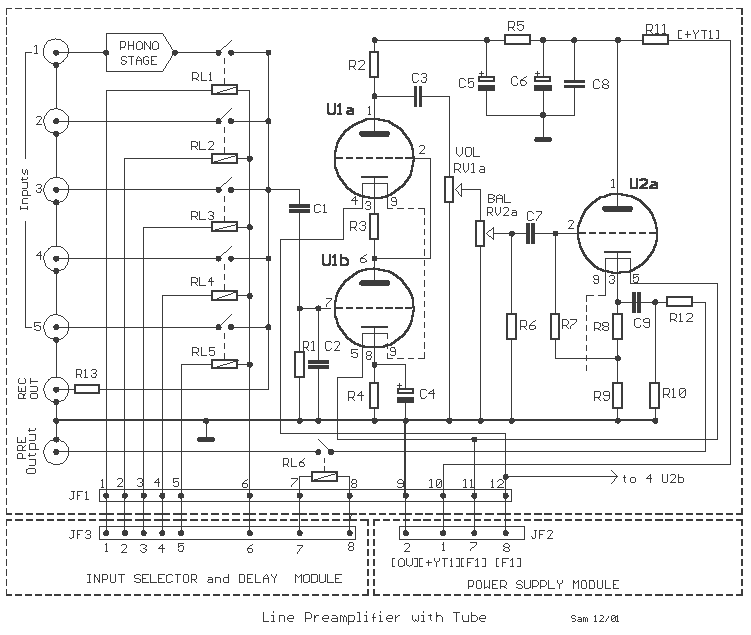
CCD Array Reader Project

The CCD Array Reader project began with a free sample of the Texas Instruments TC102-1 CCD Linear Image Sensor and its rather terse data sheet. The TC102-1 provides virtually no support circuitry, only the raw CCD (with a few special pixels) and a simple output buffer. The board shown below was designed to continuously scan the TC102-1 and output a stream of digital data in parallel format. A PC computer displays the data graphically using a simple program.
The CCD Array Reader circuit utilizes the TC102-1 CCD Linear Image Sensor, which is designed for capturing linear images with high fidelity. The sensor operates by converting incident light into an electrical charge, which is then processed into a digital signal. The circuit is structured to continuously read the output from the CCD sensor, which is inherently analog, and convert it into a digital format suitable for further processing.
The primary components of the circuit include the TC102-1 CCD sensor, an operational amplifier for signal conditioning, an analog-to-digital converter (ADC) to digitize the analog output, and a microcontroller or FPGA to manage data acquisition and communication with the PC. The operational amplifier is configured to provide the necessary gain and filtering to ensure that the signal fed into the ADC is within the optimal range for conversion.
The output from the TC102-1 is typically a parallel data stream, which requires careful timing and synchronization to ensure that the data is accurately captured. The microcontroller or FPGA is programmed to control the readout timing, ensuring that each pixel's data is sampled correctly and in sequence. The data is then sent to the PC via a suitable communication interface, such as USB or serial, where it can be visualized using a custom software application.
Power supply considerations are also critical in this design. The CCD sensor and associated circuitry require stable voltage levels, typically around 5V, with appropriate decoupling capacitors to minimize noise and ensure stable operation. Additionally, the layout of the PCB must be carefully designed to minimize interference and maintain signal integrity, particularly in the analog sections of the circuit.
Overall, the CCD Array Reader project represents a practical application of CCD technology, enabling the capture and analysis of linear images in a straightforward and efficient manner.The CCD Array Reader project began with a free sample of the Texas Instruments TC102-1 CCD Linear Image Sensor and its rather terse data sheet. The TC102-1 provides virtually no support circuitry, only the raw CCD (with a few special pixels) and a simple output buffer.
The board shown below was designed to continously scan the TC102-1 and output a stream of digital data in parallel format. A PC computer displays the data graphically using a simple program. 🔗 External reference
The CCD Array Reader circuit utilizes the TC102-1 CCD Linear Image Sensor, which is designed for capturing linear images with high fidelity. The sensor operates by converting incident light into an electrical charge, which is then processed into a digital signal. The circuit is structured to continuously read the output from the CCD sensor, which is inherently analog, and convert it into a digital format suitable for further processing.
The primary components of the circuit include the TC102-1 CCD sensor, an operational amplifier for signal conditioning, an analog-to-digital converter (ADC) to digitize the analog output, and a microcontroller or FPGA to manage data acquisition and communication with the PC. The operational amplifier is configured to provide the necessary gain and filtering to ensure that the signal fed into the ADC is within the optimal range for conversion.
The output from the TC102-1 is typically a parallel data stream, which requires careful timing and synchronization to ensure that the data is accurately captured. The microcontroller or FPGA is programmed to control the readout timing, ensuring that each pixel's data is sampled correctly and in sequence. The data is then sent to the PC via a suitable communication interface, such as USB or serial, where it can be visualized using a custom software application.
Power supply considerations are also critical in this design. The CCD sensor and associated circuitry require stable voltage levels, typically around 5V, with appropriate decoupling capacitors to minimize noise and ensure stable operation. Additionally, the layout of the PCB must be carefully designed to minimize interference and maintain signal integrity, particularly in the analog sections of the circuit.
Overall, the CCD Array Reader project represents a practical application of CCD technology, enabling the capture and analysis of linear images in a straightforward and efficient manner.The CCD Array Reader project began with a free sample of the Texas Instruments TC102-1 CCD Linear Image Sensor and its rather terse data sheet. The TC102-1 provides virtually no support circuitry, only the raw CCD (with a few special pixels) and a simple output buffer.
The board shown below was designed to continously scan the TC102-1 and output a stream of digital data in parallel format. A PC computer displays the data graphically using a simple program. 🔗 External reference





